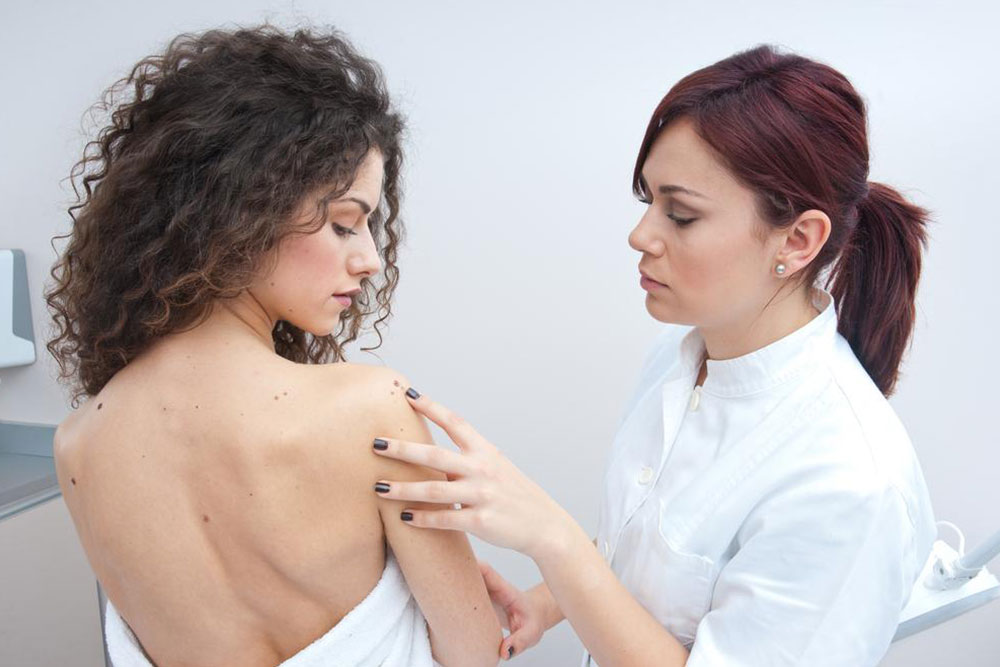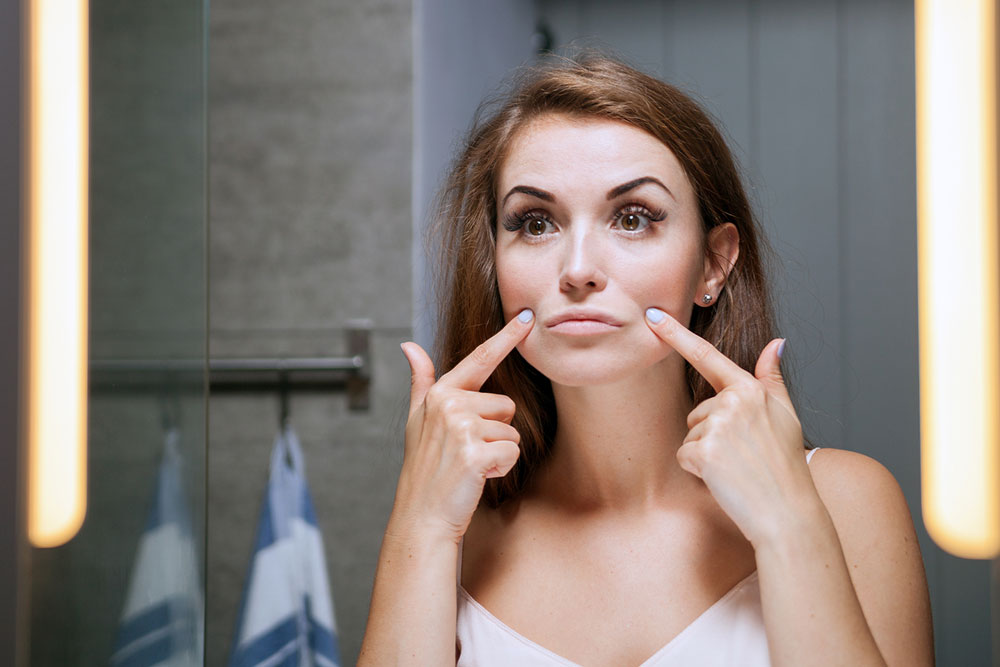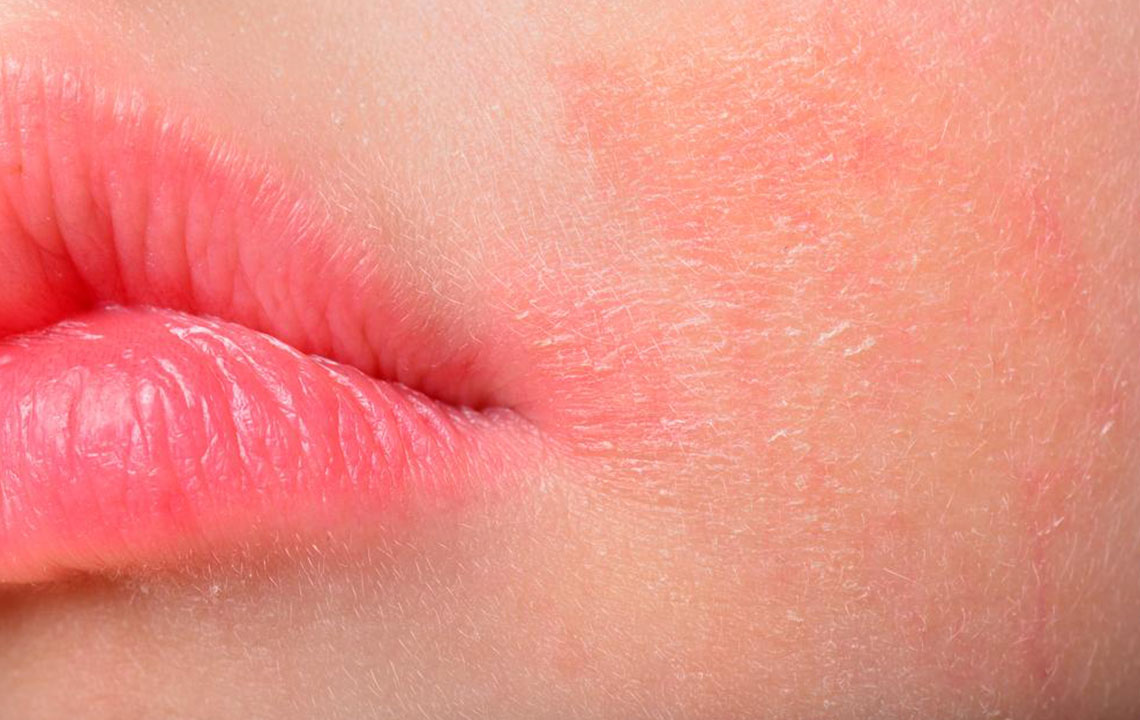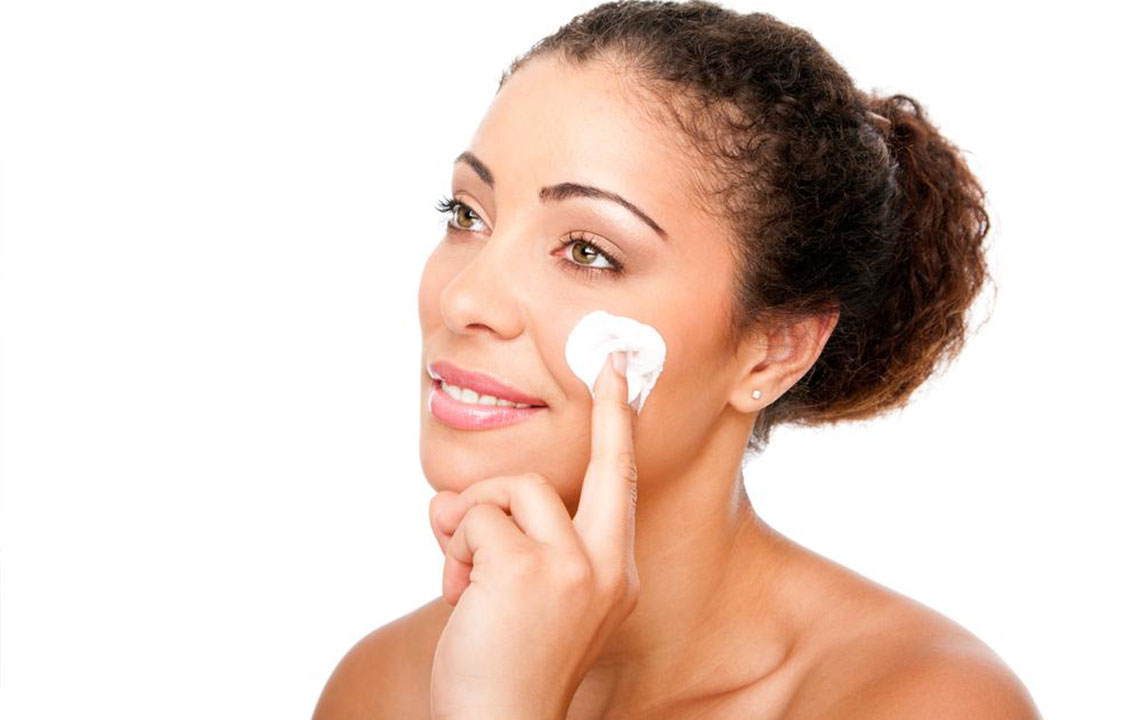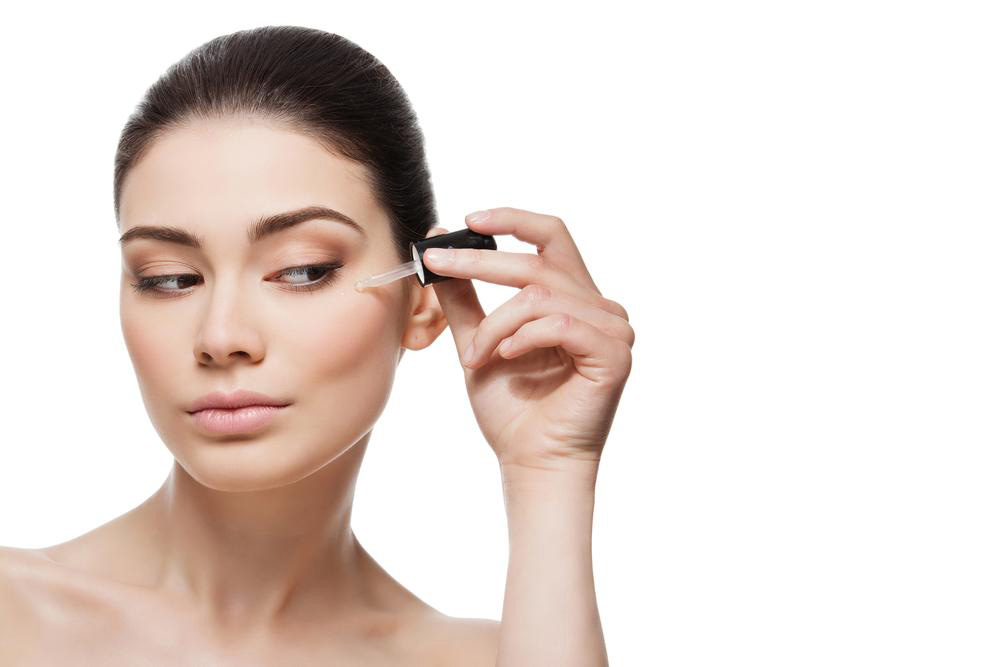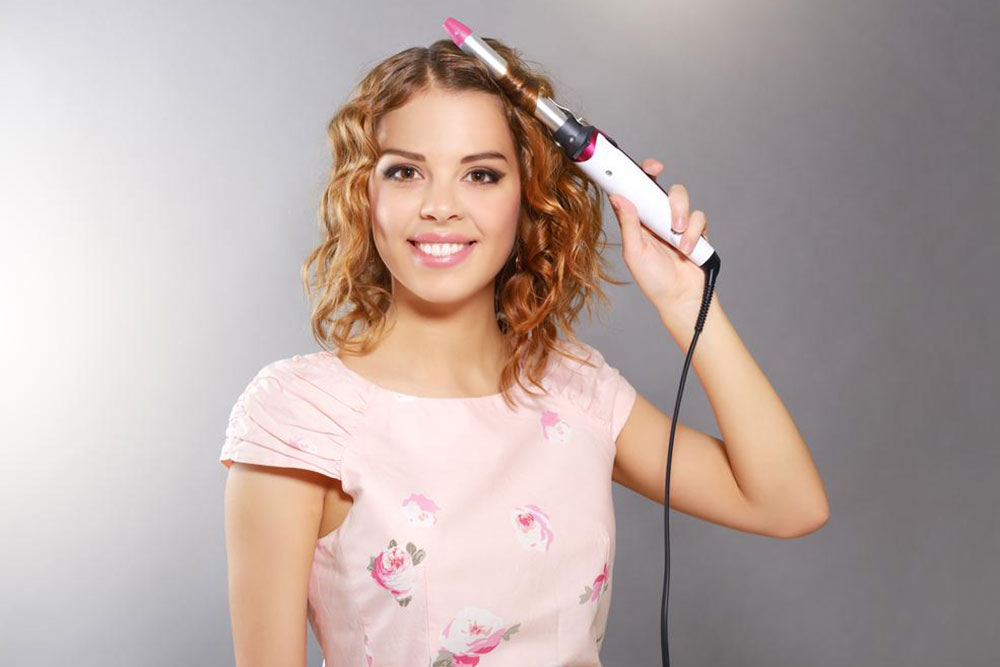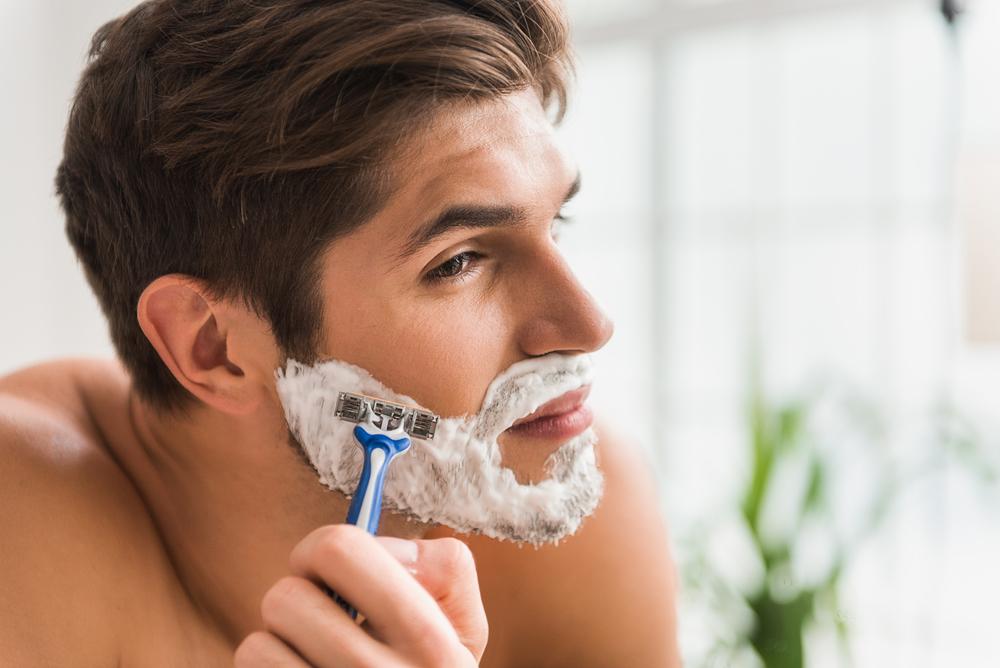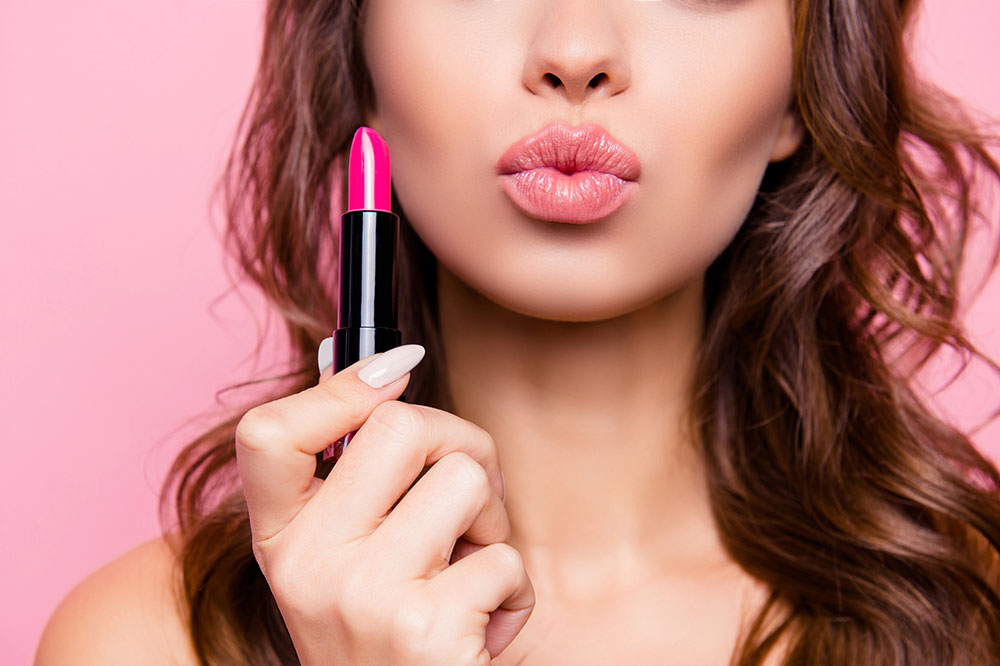Ultimate Guide to Achieving a Healthy Sun-Kissed Glow
Discover a safe and effective approach to achieving that perfect sun-kissed glow. Learn essential tips on skin preparation, sun protection, suitable gear, and who should avoid tanning. This comprehensive guide ensures you enjoy summer rays healthily without risking sunburns or skin damage. Prioritize skin safety while getting a radiant tan with our expert advice. Perfect for beach lovers and sun-seekers wanting a healthy glow without harmful effects.

Ultimate Guide to Achieving a Healthy Sun-Kissed Glow
Your complete guide to getting that attractive sun-kissed look
When summer comes to mind, images of beaches, bright sun, poolside relaxation, and stylish swimwear often come to mind. Many enjoy lounging outdoors, soaking up the rays, and showing off their toned physique. While sunbathing is a favorite activity, doing it safely is crucial. We often overlook the dangers of excessive sun exposure, including burns and unhealthy tans.
Sunburns are more than just painful—they increase the risk of skin cancers like melanoma and accelerate skin aging. Fortunately, with proper precautions, you can enjoy a beautiful summer tan without harm. Here’s a comprehensive guide to help you tan safely while protecting your skin.
Essential sun tanning gear
Before heading to the beach for sunbathing, ensure you have the right supplies for a safe and effective tan.
Here's what you should carry:
Swimwear
Cover-up
Sunglasses
Sunscreen with SPF 30 or higher
Beach towel
Tanning lotion
Water bottle
SPF lip balm
Tips for achieving a perfect tan
Follow these helpful tips to attain that ideal sun-kissed glow safely.
Exfoliate and shave your skin beforehand. Smooth skin helps the tan develop evenly, and tanning lotions perform best on freshly exfoliated skin.
Stay hydrated during sun exposure to prevent dehydration and maintain healthy skin.
Pay attention to your body's signals. If you feel dizzy, tired, or develop a headache, seek shade immediately and rest before returning to the sun.
Understand your skin’s tanning limit. Some may tan longer without burns, while others need shorter sun exposure times. Know your personal threshold.
Apply soothing aloe vera gel to comfort skin in case of minor sunburns and help healing.
Who should avoid sun tanning?
Certain individuals should steer clear of sunbathing to prevent health issues. These include:
People whose skin doesn’t tan and burns easily—these skin types are at higher risk of sun damage and skin cancer. Consider spray tans or other artificial tanning options instead.
Individuals with a history of skin cancer—re-exposure to the sun can increase recurrence risk.
Those taking medications that increase photosensitivity, such as certain birth control pills or blood pressure drugs—consult your doctor before sun exposure.
Pregnant women—prolonged sun exposure can raise body temperature and harm the baby, increasing miscarriage risks.
Did you find this sun tanning guide helpful? Practicing safe tanning is key to enjoying summer without compromising your skin’s health.
Note:
Our articles cover a wide range of topics, aiming to provide useful insights. Always verify information through trusted sources, as this guide is for informational purposes only. The website cannot be responsible for discrepancies or data inaccuracies. Also, stay updated on schemes or products that may offer additional benefits beyond our coverage.

